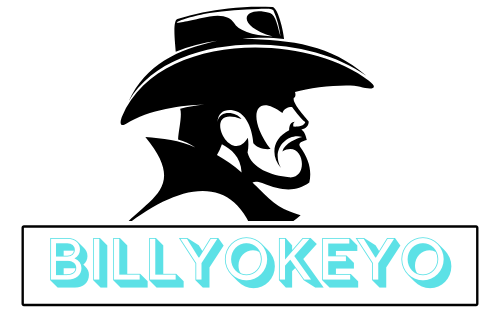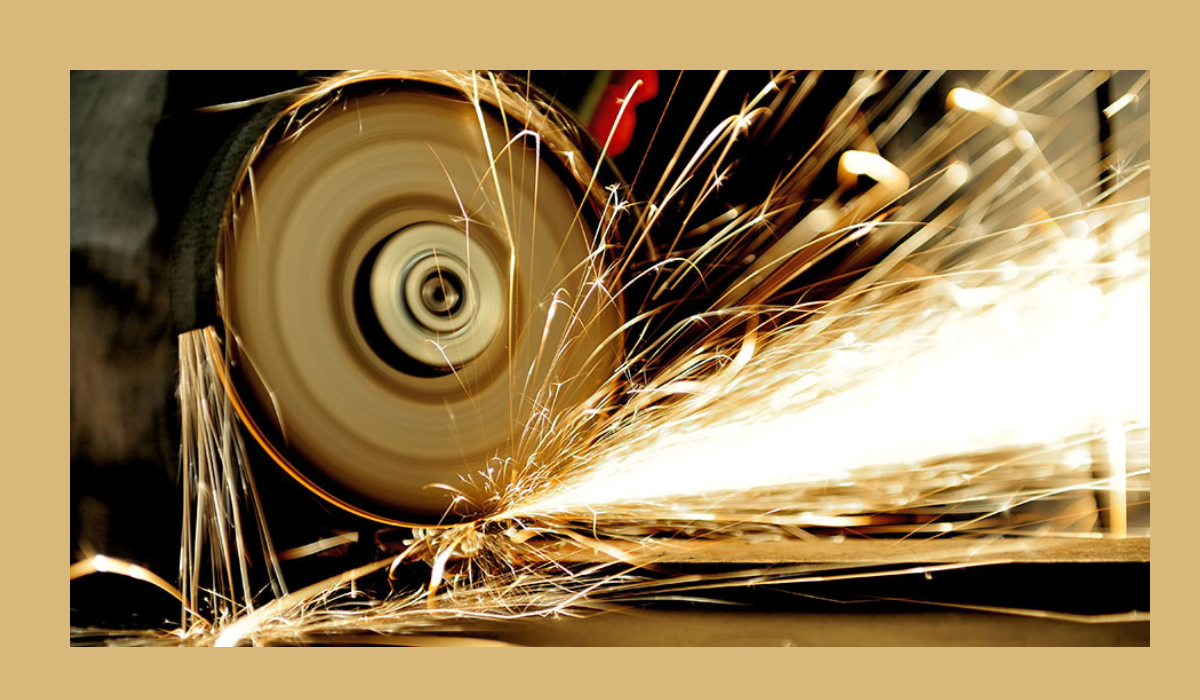Concrete holds up cities. It props up homes and supports warehouses, workshops, hospitals, and hangars. The material looks tough and invincible, but it often fails in sneaky and frustrating ways. Imperfections appear, and each flaw tells a story of timing, temperature, movement, moisture, or human error.
Correction of these flaws demands precision, and concrete grinding steps into the spotlight with mechanical swagger. Let’s see how you can approach concrete grinding in Geelong. First things first—
The Birth of Imperfections
Concrete begins as a slurry when water meets cement powder. Aggregates settle inside the mix. The fresh mass promises strength. The substance hardens over days, and conditions shape the outcome.
Hydration starts the chemical party. Some slabs receive too much water at mixing time. The extra moisture weakens the paste once cured. Pockets of vulnerability emerge, and surface dusting follows. The top layer crumbles under light stress. Grinding rescues the surface by stripping the flimsy crust.
Some batches get poured during heatwaves. Rapid evaporation steals moisture from the mix. The slab dries too quickly, as cracks streak across the surface. Internal tension splits the material. Grinding can smooth the damage and prep the surface for sealing.
Cold weather also meddles with hydration. Low temperatures slow the chemical reaction, and the curing timeline stretches. Micro-cracks develop from uneven strength gain. Later traffic worsens the flaws. Grinding helps by eliminating rough ridges.
Poor compaction produces voids, and air pockets hide inside the slab. Later stress exposes them. The surface caves slightly. Damage radiates outward. Grinding removes the uneven zones.
Bad aggregates cause grief, too. Dirty stones disrupt bonding. Weak material inside the mix crumbles early, and surface pits appear. Grinding evens the area and prepares it for refinishing.
Human Mistakes and Sloppy Execution
Crew technique influences everything. Workers rush the pour, causing several issues.
- The slab loses consistency.
- Uneven thickness develops.
- Future grinding becomes inevitable.
Some teams trowel too soon, trapping moisture in the top layer. It also causes blisters to form under the skin of the slab. Grinding clears this mess.
More human errors include:
- Delamination results from poor finishing.
- Improper levelling sets the stage for high spots and low dips.
- Joints often get ignored or spaced incorrectly.
Incorrect curing techniques haunt many floors. Some workers fail to apply curing compounds or skip wet covers. As a result, the slab dries too fast, surface tension pulls internally, or cracks multiply. Grinding cleans the tears and polishes the aftermath.
Environmental Mischief
Moisture intrusion causes dark stains or swelling. Rising damp seeps from below, and the surface discolours. Grinding removes these stained layers, opening the pores for a vapour barrier.
Freeze-thaw cycles torture outdoor slabs. Water sneaks into hairline gaps. This expansion during freezing pops the surface. But grinding strips the damaged layer.
Chemical spills create etching—Sauces, oils, detergents, or acids chew into the concrete. The surface loses uniformity, yet grinding erases the marks and resets the canvas.
Tree roots push under pathways and driveways. Concrete bends slightly, and cracks dart across the slab. Grinding reduces the height of such lifted fragments.
Earth movement shifts ground slabs. Minor tremors or soil settling tilt sections. Grinding also fixes those transitions between panels.
Heavy Use and Daily Punishment
Over time, the slab loses its smooth character due to various reasons.
- Traffic leaves scars.
- Forklifts carve trails.
- Carts scrape against the surface.
- Debris grinds underfoot.
However, grinding can restore a fresh face. Some common times this technique can come in handy are:
- When industrial spaces suffer chemical leaks.
- When warehouses load pallets in the same zones every day.
- When parking garages collect tyre marks.
- When outdoor patios experience weather cycles.
Grinding can be helpful in all these situations. You just need to find the right and experienced service provider.
Aesthetic letdowns
Sometimes the concrete simply looks dull with mottled patches or colour variation. Grinding blends such surfaces by creating a uniform tone.
Decorative finishes also need smoothness, and grinding can deliver that perfection. Similarly, it can also help if coatings fail due to poor adhesion, tiles lift from uneven subfloors, or adhesive rejects gaps or high spots.
Safety and Compliance Through Grinding
Many buildings must follow accessibility rules, and grinding helps meet the regulation height transitions. For instance:
- Factories face strict workplace hazard checks, and grinding can help meet them.
- Grinding helps hospitals produce surfaces that are easy to clean.
- Showrooms demand flawless aesthetics that grinding can bring about.
- Grinding ensures that public walkways have flat surfaces that help trollers, wheelchairs, and trolleys travel smoothly.
The Aftermath and Finishing Touches
Once grinding wraps up, the surface becomes a blank slate.
- Epoxy adheres strongly.
- Polishing can follow.
- Sealers penetrate deeper.
- Decorative stains apply cleanly.
Reflective finishes are particularly great at bringing elegance to retail spaces. Similarly, industrial coatings stick without bubbles. In essence, grinding can deliver unique benefits to different spaces.
Conclusion
Concrete tries its best. The material fights gravity, weight, time, water, and human impatience. Still, imperfections creep in like quiet intruders. The flaws appear for reasons involving water ratio, temperature shifts, poor mixing, unfinished curing, friction, settlement, chemicals, or footfall.
But concrete grinding sweeps in with grinders, diamonds, and dust extraction. The machines make imperfections shrink. Surfaces evolve from jagged to sleek. Floors welcome new coatings or fresh polish. Functionality reaches new heights.
If you want to know more, seek the professionals at Premium Concrete Resurfacing. Talk to them today to discuss your business or residential needs.





